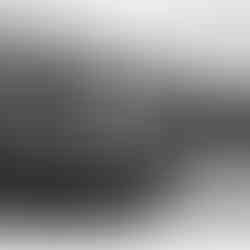The Dye House
- David Young
- Nov 18, 2023
- 2 min read
Updated: Aug 28
The Dye House is a Grade II listed building (9th March 1960) constructed of timber framing with brick infill and has a steeply pitched roof with gables and dormer windows.
From Elstead Then & Now: The seventeenth century could well have marked a high point in the village’s (Elstead) prosperity as a small agricultural unit, as a fair was held on the Green on St. James’ Day. In 1666 there was a place called the “Dyehouse” out on the Thursley Road, the tenant being one Henry Peto. In fact it was on the right hand side, descending the hill into Thursley from Elstead. It may be evidence of the cultivation of woad in the area. Guildford, Godalming and Farnham were all centres of the production of kersey woollen cloth, and the importance of the wool trade in medieval England has already been mentioned. The “Woolpack” and the “Golden Fleece” (pubs in Elstead) suggest the importance of the wool trade in the area, and as late as the nineteenth century, Elstead still had a worsted mill. The wool trade was dwindling in importance by the seventeenth century in the area, however, It was concern for the plight of elderly weavers which led Archbishop George Abbot to found the almshouses, or hospital, in his native Guildford.



The Dye House,1900, was owned by Mr R Payne of Pierrepont Farm, Frensham, and later passed to Mrs Gooch, his daughter. The Rock Garden, 1938, - Smallbook stream was dug by monks living there around 1600. Alf Pullen, coachman to the Gooch family, lived at Brook Cottage which was changed from Ivy Cottage in 1939. Charles Weeden, chauffeur to Sir Bruce Thomas QC, 1929 Rolls Royce which had silver interior fittings.
From Country Life issue dated June 11, 1953:

Front and rear of Knight, Frank & Rutley particulars (undated):

































